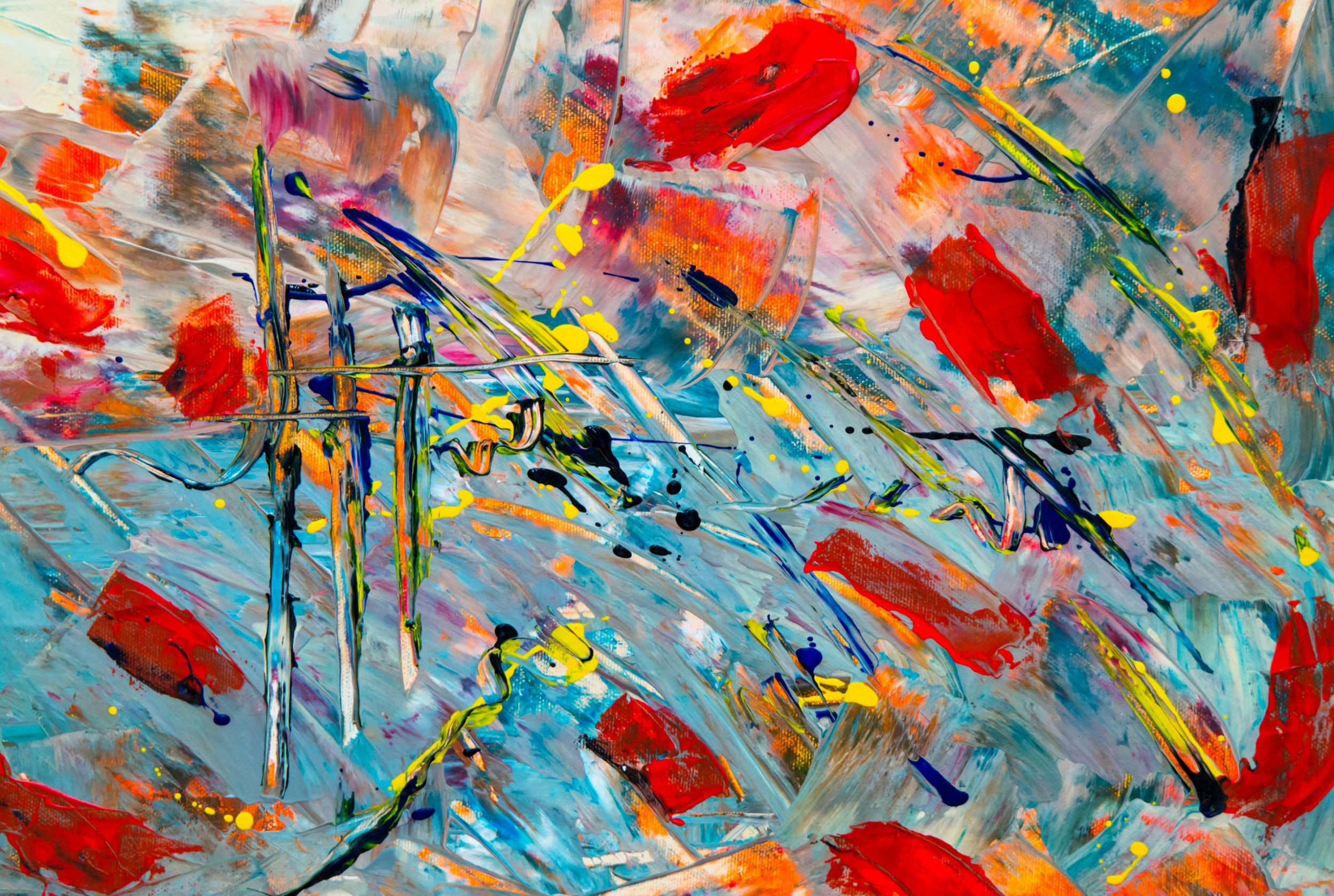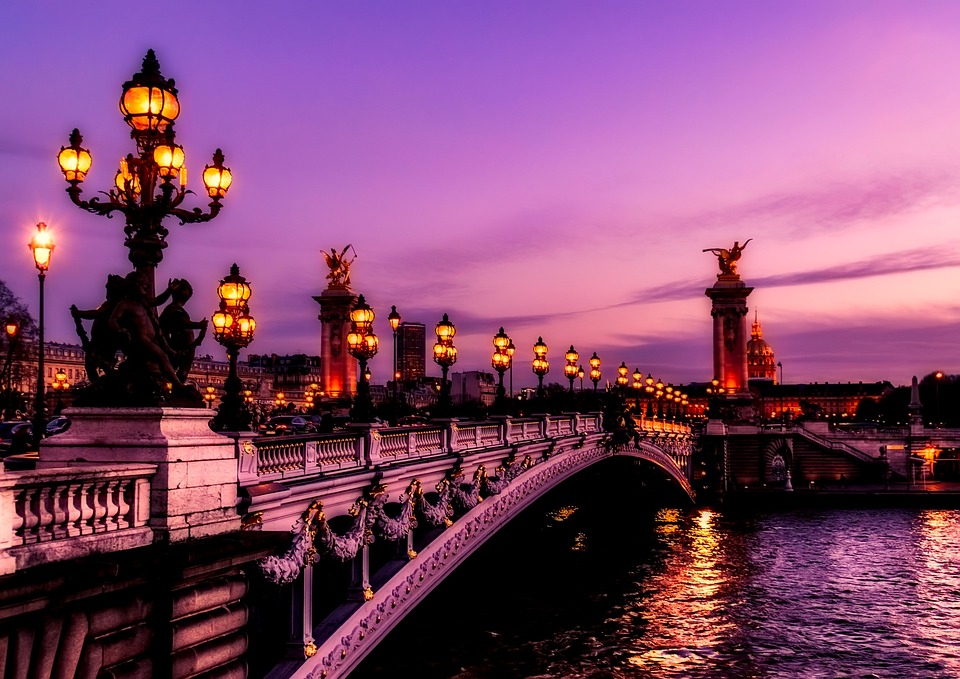In recent years, street art has become increasingly prominent in modern urban culture. What was once considered graffiti and vandalism is now recognized as a legitimate form of artistic expression that has the power to shape and influence the way we see the world around us. From sprawling murals on the sides of buildings to intricate stencil designs on sidewalks, street art has the ability to transform mundane cityscapes into vibrant, dynamic spaces that reflect the creativity and diversity of the communities they inhabit.
The Evolution of Street Art
Street art has a long and rich history that dates back to ancient civilizations, where individuals would use public spaces as a canvas to communicate ideas, beliefs, and emotions. In modern times, street art has evolved into a global phenomenon that transcends cultural boundaries and connects people from all walks of life.
The Influence of Street Art on Urban Culture
Street art has the power to challenge the status quo and spark important conversations about social issues, politics, and identity. Artists use public spaces as a platform to express their views and engage with the community in ways that traditional art galleries and museums cannot. Street art also has the ability to foster a sense of pride and belonging among residents, as it often reflects the unique character and history of a neighborhood.
The Rise of Street Art Festivals
In recent years, street art festivals have become increasingly popular, drawing artists and spectators from around the world to participate in collaborative projects and live painting events. These festivals not only showcase the talents of established and emerging artists but also promote cultural exchange and dialogue among diverse communities.
The Impact of Technology on Street Art
Advancements in technology have also played a significant role in the evolution of street art. Artists now have access to a wide range of digital tools and platforms that allow them to create and share their work with a global audience. Social media has become a powerful tool for street artists to connect with fans, promote their art, and organize events, further blurring the lines between physical and digital spaces.
The Future of Street Art
As street art continues to evolve and adapt to the changing urban landscape, its impact on modern culture will only grow stronger. By embracing creativity, diversity, and community engagement, street art has the potential to transform our cities into vibrant and inclusive spaces that celebrate the richness and complexity of human experience.
Conclusion
In conclusion, street art has become a powerful force in modern urban culture, shaping the way we interact with and perceive our surroundings. By challenging conventions, sparking dialogue, and fostering a sense of community, street art has the ability to inspire and unite people from all walks of life. As we look to the future, it is clear that street art will continue to play a vital role in shaping our cities and enriching our cultural landscape.

